Purpose of the article: The purpose of this blog is to discuss Karate framework features, strengths, architecture and benefits. This will allow the user to take informed decision while selecting a tool for API test automation.
Intended Audience: Automation Engineers /QA Managers/ QA Director/QA Organizations
Tools and Technology: API, Karate Tool
Keywords: API Automation, Karate Framework, Test Automation

Introduction
Prior to the introduction of APIs, the application landscape was characterized by inadequate and monolithic systems that operated independently. Communication and data sharing between applications was often difficult, requiring custom integrations and point-to-point connections. This resulted in inaccurate data, limited scalability, and a lack of flexibility to adapt to changing business needs.
However, with the advancement of APIs (Application Programming Interfaces), the application landscape has been transformed. APIs serve as bridges that enable seamless interaction and data exchange between various software systems, regardless of their underlying technologies or platforms. APIs allow developers to create modular, reusable components that can be easily integrated, promoting agility and innovation.
Nowadays, we have several tools to test the API. Examples: Postman tool, Rest-assured, SoapUI tool, Swagger, Apache JMeter, Katalon Studios, Tricentis Tosca, Rapid API, Karate, etc.
Introduction of karate Tool:
The Karate tool is an open-source framework that has gained popularity due to its effectiveness in API testing and automation. Here are some reasons why Karate is considered important:
Simplicity and Self-Expression (Gherkin): Karate uses a unique Gherkin-style syntax that is easy for non-technical team members to understand and write.
Reports: Karate provides detailed HTML-based reports which include request and response details, assertions, and even screenshots to quickly identify issues.
Data-driven testing: Karate supports data-driven testing and allows you to run the same test scenario with multiple data sets.
CI/ CD Integration: Karate supports automation and continuous integration/continuous deployment (CI/CD) workflows.
Integration with JavaScript: Karate provides JavaScript interoperability, so you can integrate your own JavaScript code as needed to enhance your test scenarios.
Overview of Architecture:
Page Object Model: The page Object model file, which contains all the dependencies required by the program, installs these dependencies, and equips the local system for execution.
End User/ Automated Execution: An end user or a pipeline starts executing the program by specifying tags and the number of threads. Tags depict the function of the scenario.
Test runner: It is used to specify execution orders using Hooks. It calls the feature file or group of feature files as specified by tags, and once execution has returned from feature files, it calls the report generator using a ‘@after’ hook which generates the reports into the target folder.
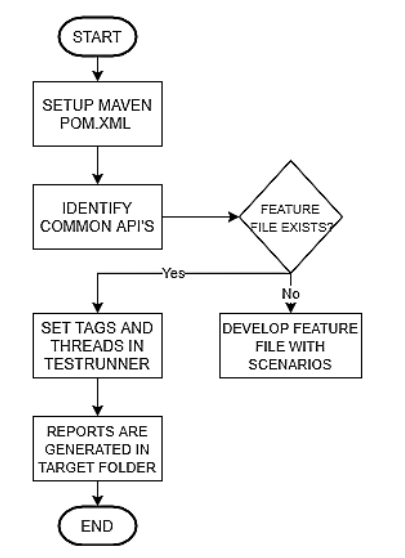
Example of Karate API Framework Components
This is the combination of 5 packages that will contain predefined functions.
- TestBase Classes Package: This package will have one java class named java which will contain the predefined functions like Initialization of config.properties file opening the required browser and maximization of browser.
- Config Package: which will have the details of the BaseURI, browser, Param key values, and Header Key values. which can be used for automating the application.
- Test data Package: This package will have the functions to generate the random data which is used to fetch the unique notations provided in the sheet starting from the first row and fetch the related input values based on the sheet name.
- Extent Report Listener Package: This package holds one java class such as java and consists of extent reports related listeners.
- Utils Package: This package consists of two java classes such as
Api_TestUtil.java: this class will load all the framework-related properties present in the config.properties file. Response codes and take a screenshot function.
Xls_Reader.java: this class is used to interact with the test data which is in Excel format such as finding the rows, checking whether the expected column exists, getting the last column of the sheet, etc.
The test automation scripts reside in this folder. They’re stored there for execution. Using TestNG annotations, test cases are prioritized and organized within specific packages. These classes define data provider details and include test case descriptions. Executing these classes allows users to include logger details in Java classes, providing customized messages for Extent reports to display.
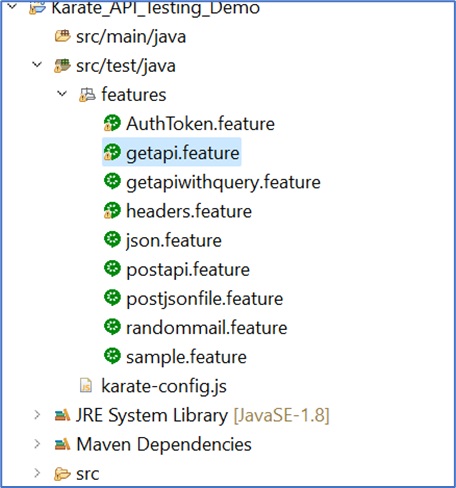
TestData Sheet: It contains all the API Methods, Basepath, Query parameters, and Path parameters.
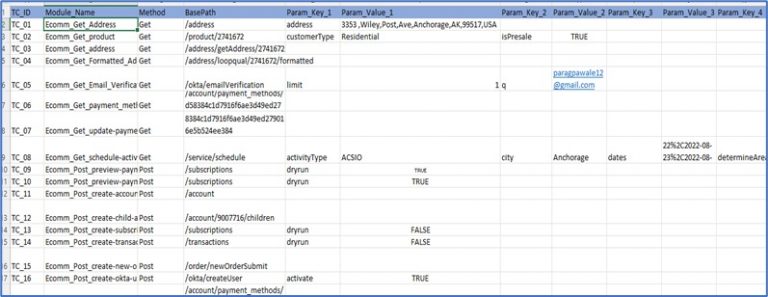
Example of Feature file:
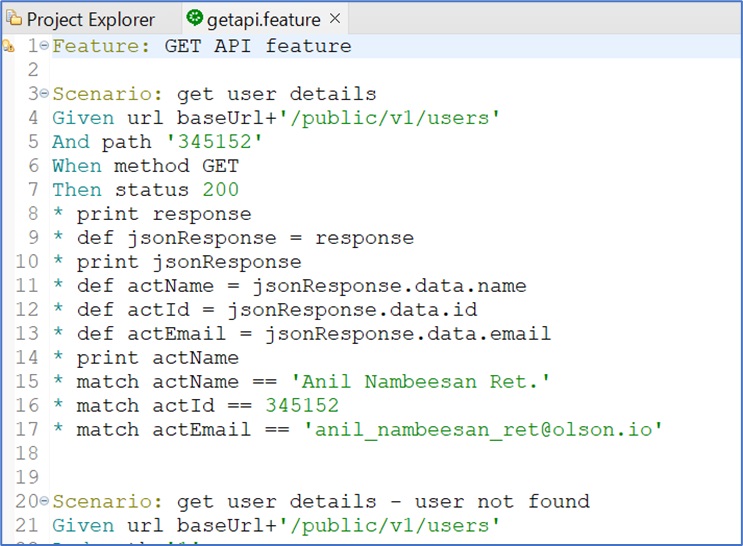
Karate Execution Report:

Why Karate API tool is better than other API testing tools:
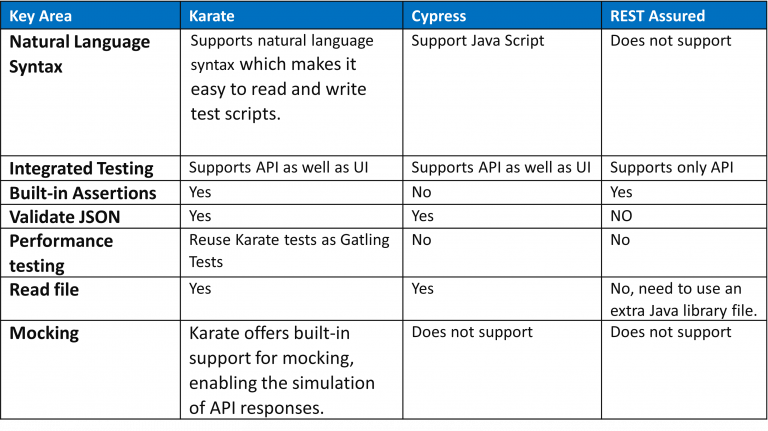
Conclusion:
Overall, Karate’s simplicity, integration capabilities, powerful assertion framework, and support for various testing communities make it a highly useful tool for API testing. It streamlines the process, increases efficiency, and improves the quality of API testing for both integration and unit testing.
References
Author Bio:

Venkata Surya Chaganti
Sr Principal Software Engineer-IQE
IT Professional with 17+ years of experience in QA & Automation testing. Expertise in testing proposals & and solutions to Customers as well as Onshore & Offshore delivery execution of testing projects. Experience in a wide range of automation testing tools like Selenium Web driver, Rest Assured, Karate, Rest Sharp with Spec flow using C#, POSTMAN, Appium, UFT, JMeter, WAPT, and LoadRunner. Expertise in TestNG framework, Cucumber framework (BDD), Robot Framework, Keyword, Data-driven Frameworks, and Hybrid frameworks.


